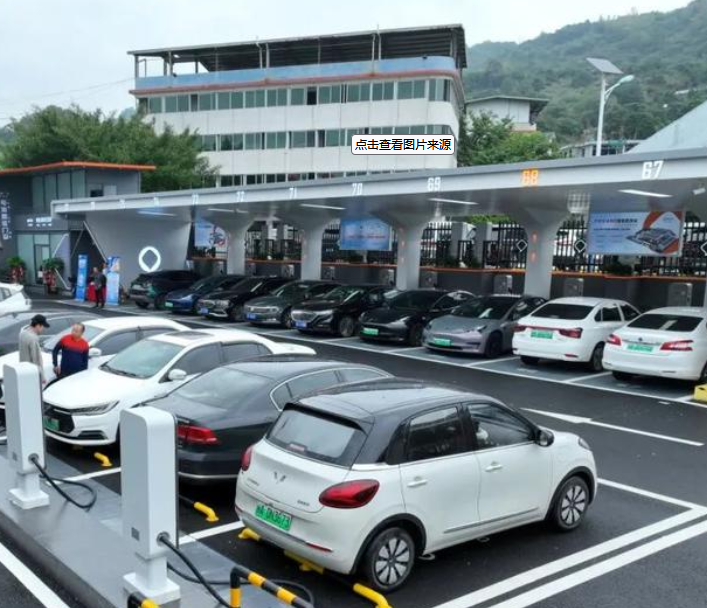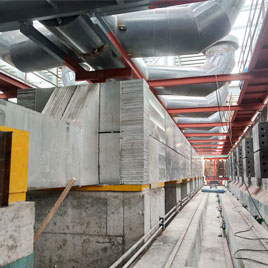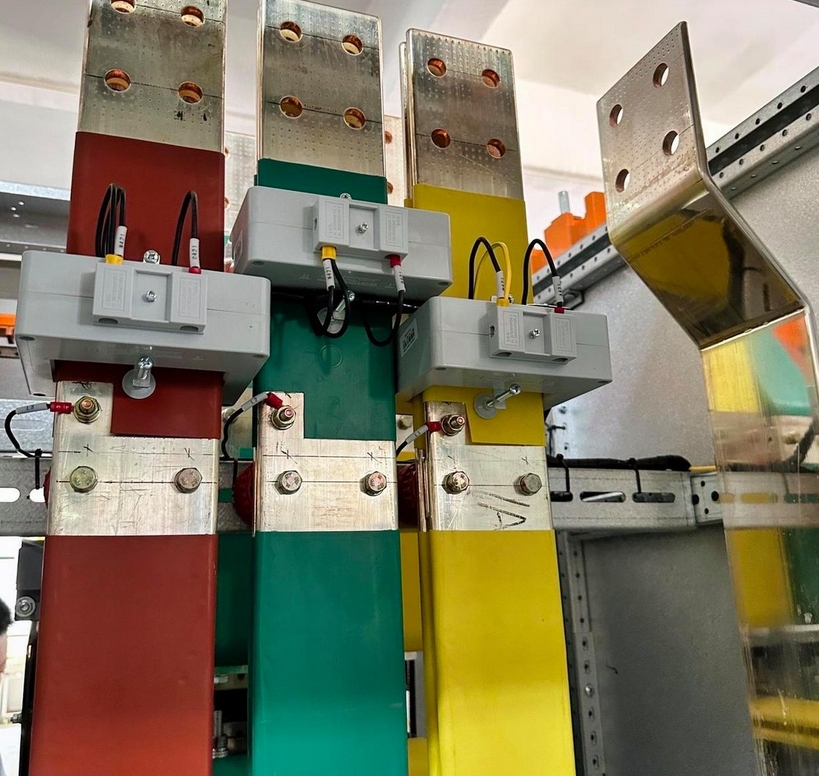2025 Copper Busbar Market Forecast: Growth Trends and Opportunities in Domestic and Global Markets
2025 Copper Busbar Market Forecast: Growth Trends and Opportunities in Domestic and Global Markets
The copper busbar market is set to experience significant growth by 2025, driven by increasing demand across various industries, including power distribution, renewable energy, and electric vehicles. As a critical component in electrical systems, copper busbars are essential for efficient energy transmission, making them indispensable in modern infrastructure development. This article provides an in-depth analysis of the market forecast for 2025, highlighting key trends, regional insights, and future opportunities.
Market Overview and Growth Drivers
The global copper busbar market is projected to grow at a compound annual growth rate (CAGR) of approximately 5.8% from 2021 to 2025. Key factors contributing to this growth include:
Rising Demand for Renewable Energy: The global transition toward renewable energy sources, such as solar and wind power, has increased the need for efficient power distribution systems. Copper busbars play a vital role in connecting renewable energy systems to the grid, ensuring minimal energy loss.
Expansion of Electric Vehicles (EVs): The rapid adoption of electric vehicles worldwide is driving demand for copper busbars, which are integral to EV battery systems and charging infrastructure. Government incentives and stricter emissions regulations are further accelerating this trend.
Urbanization and Infrastructure Development: Rapid urbanization, particularly in emerging economies, is fueling the construction of smart cities and modern infrastructure. Copper busbars are widely used in electrical panels, switchgear, and data centers, supporting this growth.
Regional Market Insights
Asia-Pacific: Dominating the global market, Asia-Pacific is expected to maintain its leadership position due to rapid industrialization, urbanization, and significant investments in renewable energy projects. China and India are key contributors, driven by large-scale infrastructure development and government initiatives.
North America and Europe: These regions are also anticipated to see steady growth, supported by advancements in renewable energy, the adoption of EVs, and stringent energy efficiency regulations. The focus on upgrading aging power grids further boosts demand for copper busbars.
Middle East and Africa: Growing investments in infrastructure and energy projects, particularly in Gulf Cooperation Council (GCC) countries, are expected to drive market expansion in these regions.
Future Opportunities and Challenges
The copper busbar market presents numerous opportunities, particularly in the renewable energy and EV sectors. However, challenges such as fluctuating copper prices and competition from alternative materials like aluminum must be addressed. Companies that focus on innovation, sustainability, and cost-effective solutions will be well-positioned to capitalize on market growth.
Conclusion
The copper busbar market is poised for a transformative phase by 2025, driven by technological advancements and global trends in energy and transportation. Businesses that stay ahead of these trends and adapt to evolving market demands will gain a competitive edge. As the world moves toward a more sustainable and energy-efficient future, copper busbars will continue to play a pivotal role in powering progress.
For more insights and updates on the copper busbar market, subscribe to our newsletter and follow us on social media. Stay informed about the latest trends, opportunities, and innovations shaping the industry.


